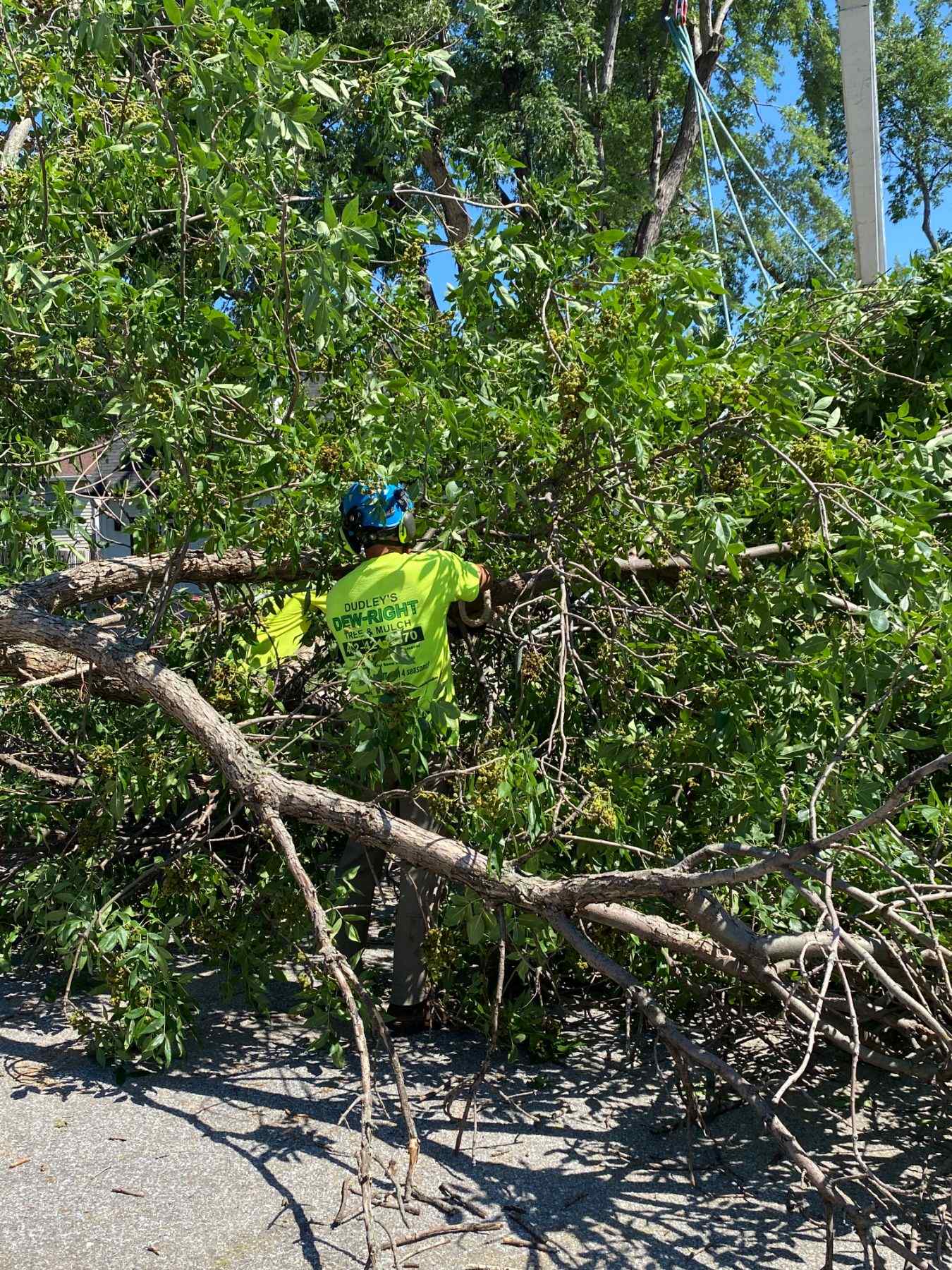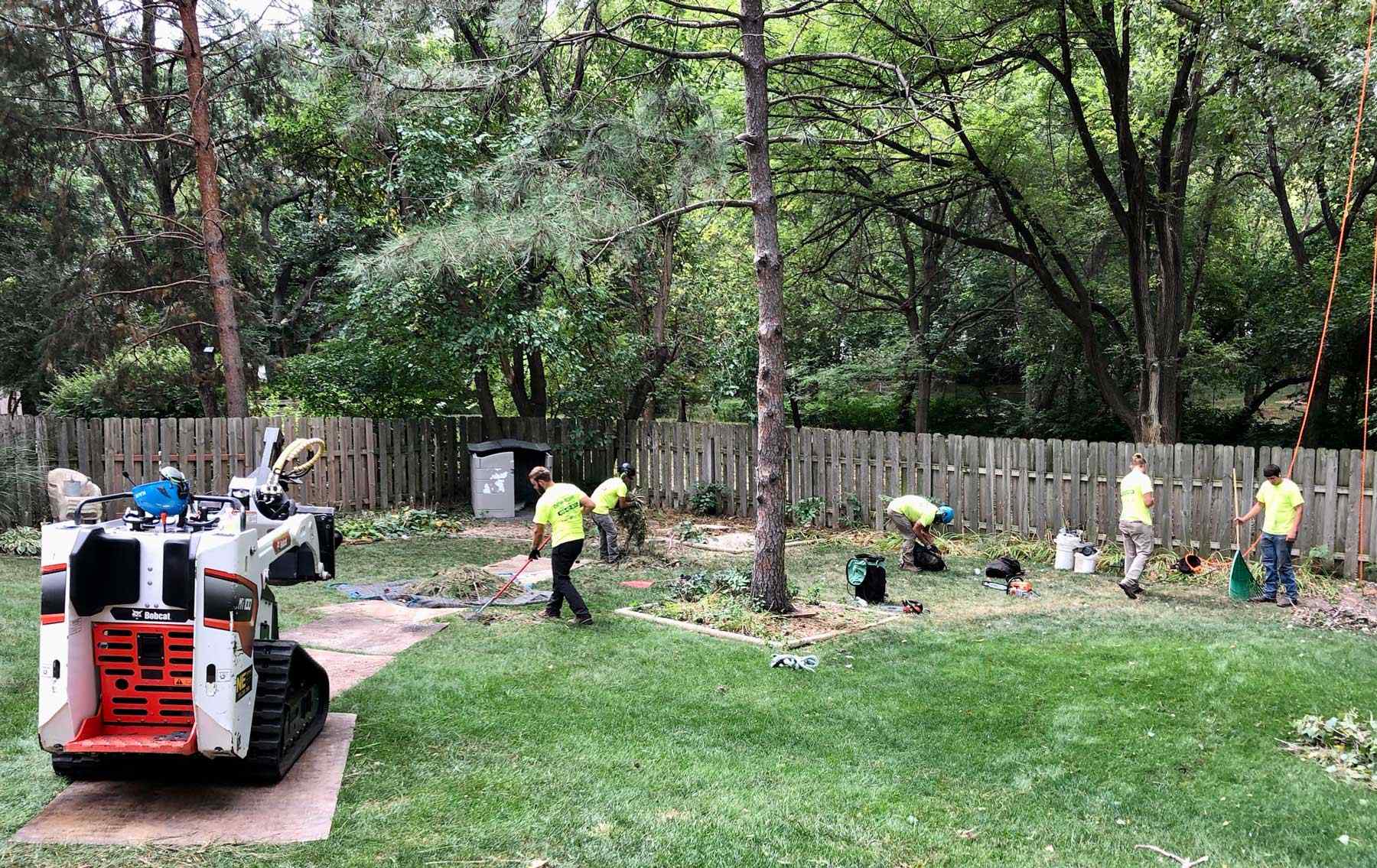
Although spring is considered storm season, Nebraska is no stranger to experiencing severe weather all the way into the autumn months. There’s nothing worse than waking up after a stormy night to find your garbage can in your neighbor’s yard, wooden panels missing from your fence, and of course, your beloved trees split and disheveled. Your first reaction may be to get everything cleaned up and back to the way it was looking before the storm, but taking the wrong actions can result in losing trees that could have otherwise been saved. Follow these steps for the most thorough tree repair and replenishment after a storm:
Look around and assess the area. Safety should always be your number one priority. Scan the area for downed power, utility, telephone, and cable lines, and be aware that even fence wires can hold an electrical charge when there are fallen power lines nearby. If you notice any large hanging tree branches or broken limbs, call a professional instead of handling it yourself.
Remove broken branches still attached to trees. It’s a good idea to remove the remains of any smaller broken or separated branches that are still hanging on to your trees (this is known as pruning). Removing these broken branches after a storm will minimize the risk of decay agents entering the tree’s wounds. Smaller branches should be removed at the joint where they connect to larger ones, but be careful not to accidentally remove any wood that is alive and healthy.
Repair/remove torn bark. Trees have an incredible ability to repair themselves, so don’t panic if you notice damage to the bark of your tree. However, jagged wounds in the bark disrupt the tree’s ability to transport nutrients, so it’s important to clean-cut, or remove the damaged areas by cutting it away, the bark. Only remove what is absolutely necessary and don’t use a sealant over the top of the wound.
Know when it can’t be saved. Even though some can recover from even severe damage, sometimes the tree cannot be saved. If the tree is leaning over your home, driveway, or other areas where people walk, it must be cut down. If the tree is hanging over a power line or other source of electric energy, it needs to be cut down immediately and by a professional. A tree that has sustained significant root damage will need to come down as well, but you may not be able to tell right away. A few months after the storm, you can use a pitchfork to check to make sure the tree’s larger roots are alive beyond the first foot or two of their length. Healthy roots are brown/gray with hard, whitish centers, while dying roots are soft.
The most important tip we can give you about post-storm tree aid is that you shouldn’t try to do it all yourself, especially if you have little tree care experience. Your trees may have experienced hidden damage that you are unaware of and the use of power tools can be dangerous for big jobs. For a second opinion or assistance with tree repair/cleanup, contact your tree experts at Dudley’s Dew Right Services!

